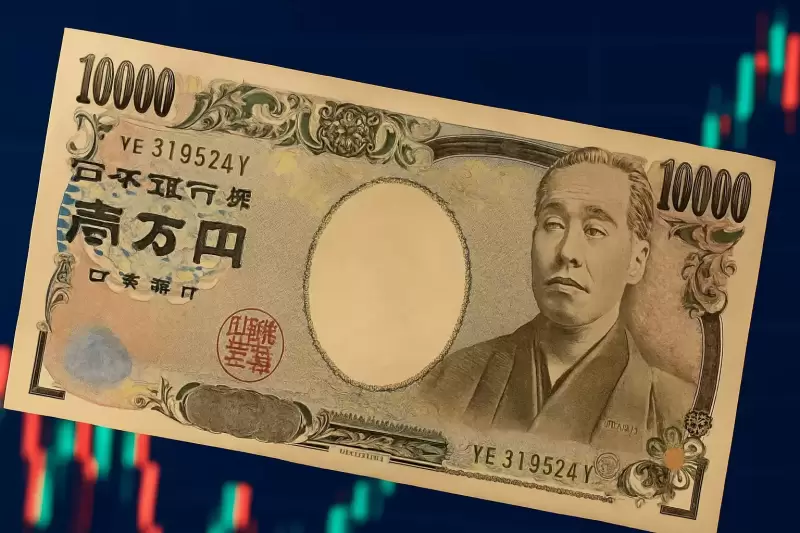 |
|
 |
|
 |
|
 |
|
 |
|
 |
|
 |
|
 |
|
 |
|
 |
|
 |
|
 |
|
 |
|
 |
|
 |
|
The crypto community has always had many branches of different projects, from the earliest Bitcoin hard forks, LTC, Doge and other "copycats", and later well-known

The crypto community has always had many branches of different projects, from the earliest Bitcoin hard forks, LTC, Doge and other "copycats", and later well-known factions such as Ethereum, EOS, Solana, etc. They represent the differences and similarities in concepts and directions. There is cooperation in their respective ecosystems, but more often there are attacks between communities due to different views.
Since Solana performed well this round, while Ethereum performed relatively poorly, people in the Solana community said that ETH is like EOS back then, while people in the Ethereum community countered that SOL is EOS. When a project is considered to be like EOS, it means that it is considered to be facing a pessimistic prospect or entering a "bottomless abyss". So, which one is more like EOS, ETH or SOL? Today we will take a look from multiple angles...
01. Technical route and design concept
As the underlying public chains, the most important goal of the technical solutions of Ethereum, Solana and EOS in the past is to break the "impossible triangle" of blockchain and become a safe, reliable, high-performance and highly scalable infrastructure.
In terms of capacity expansion plans, Ethereum chose to transition from the POW consensus mechanism to a special POS consensus mechanism and plans to increase network throughput through sharding in the future. It will later tentatively switch to a capacity expansion plan centered on the Rollup Layer2 layering, and has made some progress.
Compared with Ethereum, Solana uses "Proof of History" more radically to achieve faster transaction confirmation. This consensus mechanism achieves high performance and can handle a large number of transactions. Similarly, EOS was also a high-performance blockchain at the time, achieving extremely high throughput through the DPoS (delegated proof of stake) consensus mechanism.
In terms of technology, Solana and EOS are more similar, both of which sacrifice some decentralization while aggressively pursuing extreme performance, exposing some node concentration problems. However, the difference is that although Solana has experienced several unstable downtime experiences, it is gradually optimizing and upgrading. Ethereum's solution is considered more conservative, and in order not to sacrifice decentralization, it has chosen a difficult and complex path.
02. Sustainability
“A journey of a thousand miles tests a horse’s strength, and time reveals a person’s heart.” In the ever-changing crypto space, “survival” may be the most valuable quality of a project. Many times, innovation also means taking an unconventional path and facing more risks and challenges.
From a historical perspective, Ethereum has withstood the challenge and test of "time" and is second only to the cryptocurrency leader "Bitcoin". Ethereum currently still maintains the largest development community and active ecology, and has a moat with real-world applications of concepts such as DeFi. Continuous innovation and ecological construction have enabled it to firmly sit in the "second" position in cryptocurrency assets.
EOS does not seem to have stood the test of time. EOS and its ecosystem enjoyed a period of glory, but then exposed some sustainability deficiencies and eventually became unable to recover. It remains to be seen whether it can "make a comeback" in the future.
Solana, which has a shorter history than EOS, has also experienced the adverse effects of the collapse of its main supporters SBF and FTX, as well as frequent downtime and attacks. It can be said that it has experienced a lot, but it has also exposed some stability and security issues, and its sustainability is facing challenges.
Perhaps based on EOS’s relatively “failed” experience, the Ethereum and Solana communities will carefully consider the issue of sustainability.
03. Community and institutional support
The development of crypto projects is inseparable from the continuous support of the community, and of course there is also the shadow of institutional capital behind it. The prosperity of the ecosystem is inseparable from the community, and the capital brought by institutions accelerates its progress.
EOS actually had a broad community consensus in the early stage of its launch, and also received a lot of capital and institutional support. Its development company Block.one also invested a lot of money and human resources. However, perhaps due to the pressure brought by the US SEC supervision, Block.one, as the project party, could not directly participate in the launch of the main network and the operation of the project. After settling the lawsuit with the US SEC, it chose to lie low with the huge wealth in its hands, which was equivalent to leaving the project to the community.
Due to the impact of governance models and centralization issues, EOS community consensus has gradually weakened, super nodes and developers have gradually lost confidence, and this is the result we see.
Compared with EOS, Solana has received relatively more support from Wall Street elites and capital. The good trend seems to have gathered a strong community consensus in the short term. The leadership of its project team is also extremely active in the community. Coupled with the loose state of US crypto regulation after Trump took office, the Solana team will not have similar pressure. On the contrary, due to the popularity of concepts such
Disclaimer:info@kdj.com
The information provided is not trading advice. kdj.com does not assume any responsibility for any investments made based on the information provided in this article. Cryptocurrencies are highly volatile and it is highly recommended that you invest with caution after thorough research!
If you believe that the content used on this website infringes your copyright, please contact us immediately (info@kdj.com) and we will delete it promptly.
-

-

- Brandon Lutnick, chair of investment banking firm Cantor Fitzgerald, is reportedly partnering with SoftBank, Tether and Bitfinex to create a $3 billion crypto acquisition company.
- Apr 23, 2025 at 03:20 pm
- Lutnick and the consortium hope to create a publicly listed crypto acquisition company to capitalize on the market under crypto-friendly US President Donald Trump
-

-

-

-

-

-

- Brandon Lutnick, son of U.S. Commerce Secretary Howard Lutnick and chair of Cantor Fitzgerald, is launching a listed bitcoin investment vehicle backed by SoftBank, Tether, and Bitfinex
- Apr 23, 2025 at 03:05 pm
- The special purpose acquisition company (SPAC), dubbed Cantor Equity Partners, raised $200 million in January and will help form a new firm, 21 Capital
-





























































